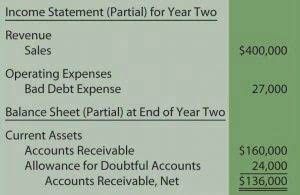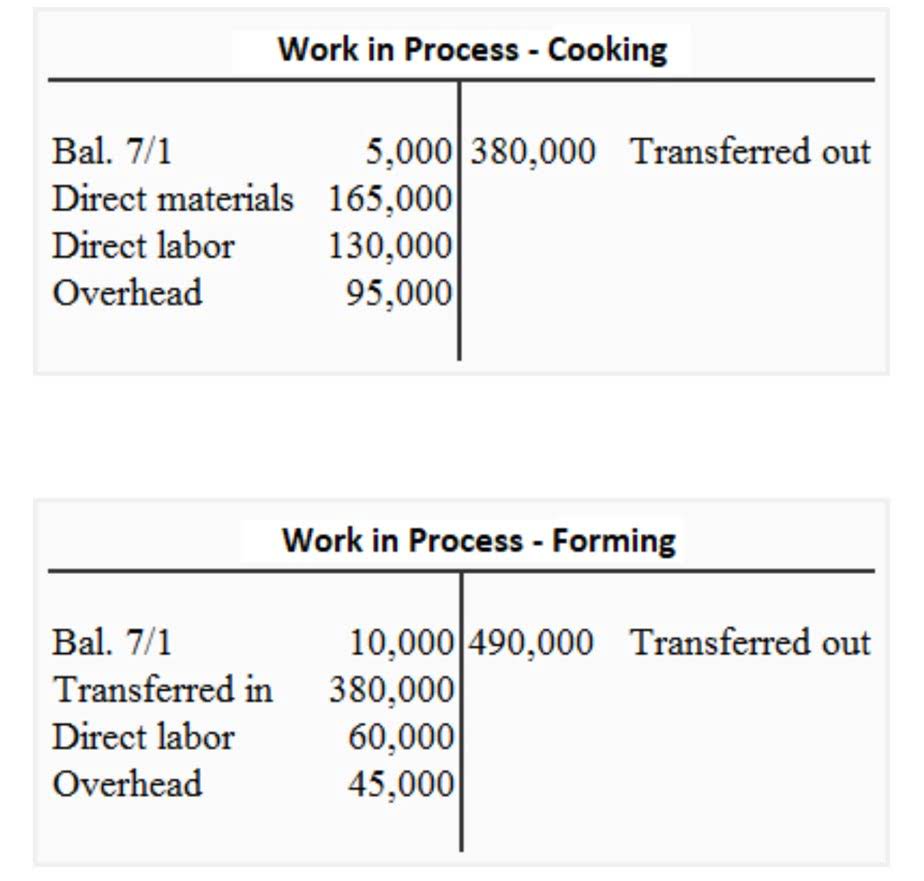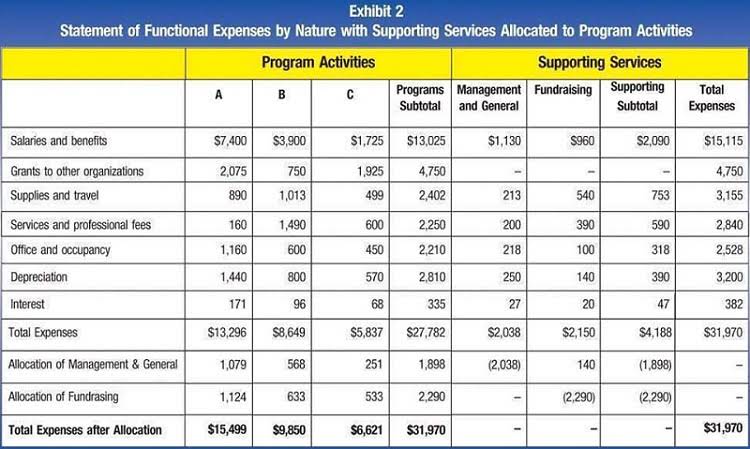
You can categorize income and expenses by project, making tax season and financial reporting straightforward. Given the irregular cash flow patterns in construction, detailed cash flow forecasts are extremely beneficial for planning. This helps you anticipate and prepare for periods of tight cash flow and make informed decisions about project scheduling and resource allocation.
- If you want your construction company to succeed, you need reliable financial data that is up-to-date and accurate.
- Contractors are paid for the work they document, not necessarily the work they perform.
- Mechanics lien claims may be the most powerful tool in this regard, and payment bond claims mirror the recovery tool for public works.
- QuickBooks can automatically download your bank and credit card transactions, saving you time and reducing errors.
- These terms are crucial as they provide a structured framework for billing, ensuring fairness and clarity for all parties involved.
- If a construction company faces significant upfront costs or if there are delays in project milestones that may impact cash flow, overbilling can provide the necessary financial buffer.
Track Income and Expenses
- Cost-plus billing reimburses contractors for actual project costs plus a pre-agreed percentage for profit.
- This way, contractors don’t have to wait until the end of the job to bill; instead, they bill incrementally as the job goes along.
- When working with an owner for the first time, it can be difficult to understand what’s required for billing.
- This approach protects clients but can negatively affect cash flow for contractors.
- The invoicing process will vary based on the contract agreed upon between the owner and the general contractor, but larger construction projects will most likely be on a progress billing structure.
Progress billing is one of the most widely used methods for billing for construction projects. Payments are issued based on completed construction invoice milestones or a percentage of work done. Use this detailed electrical invoice template to keep track of your construction or maintenance-related electrical invoicing.

What Is QuickBooks for Construction?
Contractors must closely monitor the development of each project to ensure compliance with revenue recognition guidelines. This information determines how much money has been generated and when it should be reported. To avoid this, always keep separate accounts for your business and personal expenses. This not only helps with accurate bookkeeping but also simplifies tax season.

Common Billing Methods in the Construction Industry
Use this universal construction invoice template to bill clients for the work you’ve completed, regardless of the type of construction project. Enter client details, along with quantity of materials, rate, date of work, payment due date, and a description of work and labor costs to ensure timely payment. Customize this template by adding your own logo, and use it for construction-related QuickBooks invoices for job estimation, contractor, subcontractor, and contractor progress billing. Using the right construction billing methods is crucial for the success of any construction business. Proper invoicing practices help ensure timely payment and contribute to overall financial management, building client trust and providing legal protection.

- A general contractor is responsible for overseeing a construction project’s day-to-day activities.
- Unlike lump sum billing, which allows contractors to keep additional profits if they manage to complete a project cheaper than expected, GMP billing allows the customer to keep the savings.
- Increasingly, contractors and owners alike rely on software to track project budgets, invoices and costs.
- However, smaller companies or those with shorter projects may prefer the completed contract method for its simplicity.
- Retainage (or retention) is a percentage of your payment that the GC or owner will hold until the project or job is complete.
- Enter bill-to and other miscellaneous information, and the template will auto-tally totals for all completed construction work.
- The construction industry is complex, and construction billing must be accurate because contracts are complicated.
The project is progressing, and by the end of the first year, the company has billed $750,000, although only 60% of the project has been completed based on the cost-to-cost method. Overbilling occurs when a construction company invoices a client for more work than has been completed. This might sound straightforward, but the layers of financial strategy behind it are complex and multifaceted.
Offer discounts on advance payments

Implement robust cash flow forecasting and management practices to ensure your business remains financially healthy. Regularly review WIP reports to track project progress, identify potential issues, and make informed decisions. These reports are crucial for managing project profitability and overall business performance. For long-term projects, consider using the percentage-of-completion method for revenue recognition.
As a contractor or subcontractor, you need a detailed template to account for additional or emergency work that may be required for a project. This construction time and materials template prompts you to itemize quantities of materials and labor and cost per item, and it https://www.bookstime.com/tax-rates/florida provides line-by-line totals. Enter bill-to and other miscellaneous information, and the template will auto-tally totals for all completed construction work. By understanding these construction accounting basics and implementing best practices, you can better manage your construction business’s finances, ensure compliance, and drive profitability. Remember, effective construction accounting is not just about number-crunching and financial statements–it’s a powerful tool for informed decision-making and business growth. It determines the total cost of each job based on the specifications provided for the project.
A subcontractor involved early in a multi-year project — for example, a foundation contractor — likely doesn’t want to wait for substantial completion of the project to collect 10% of the contract value. They may be able to negotiate for early release of retainage after a successful foundation inspection. While the type of contract doesn’t necessarily dictate the invoicing or payment schedule, it does affect the amount and type of information required in the invoice or payment application. Typically, issuers make payments on a monthly schedule, but they may also send them at certain completion percentages (e.g., when the job is 30%, 60%, and 100% complete). Below are the different construction billing options that you can use to smoothen your billing process.

